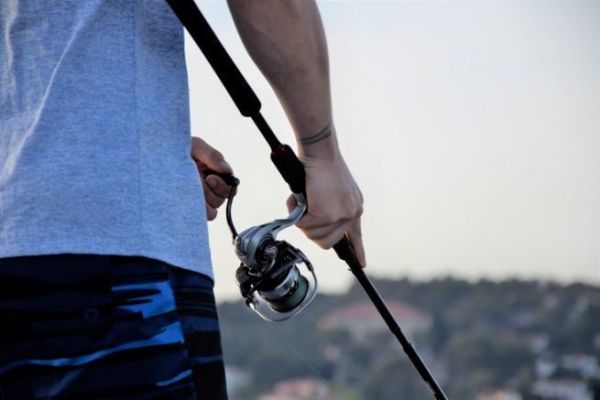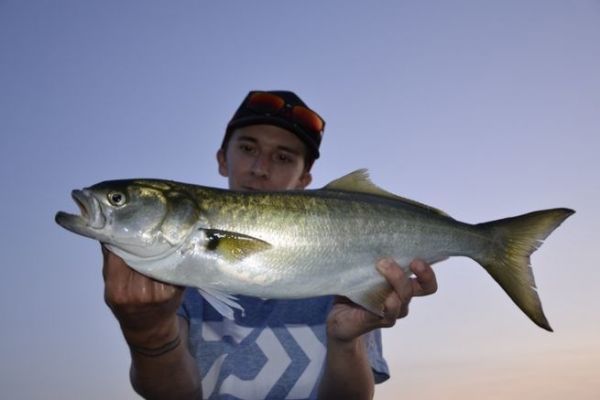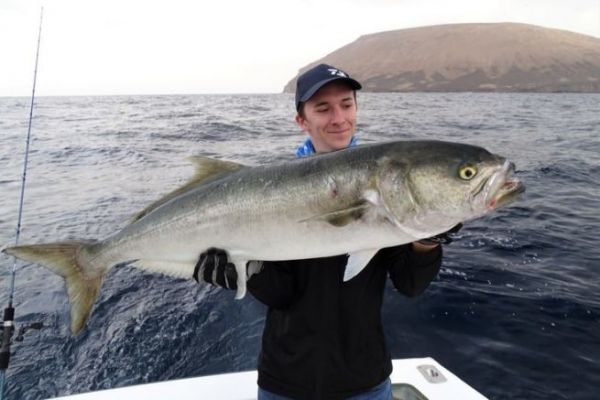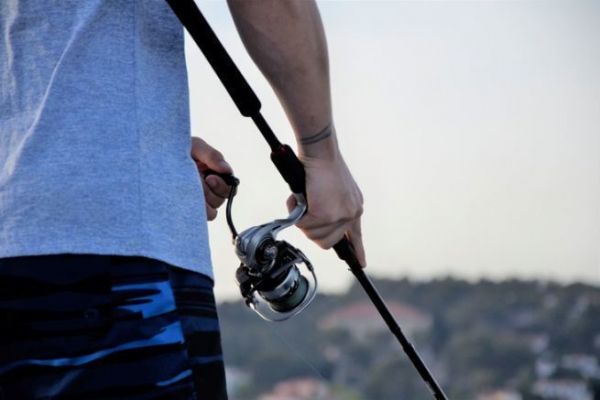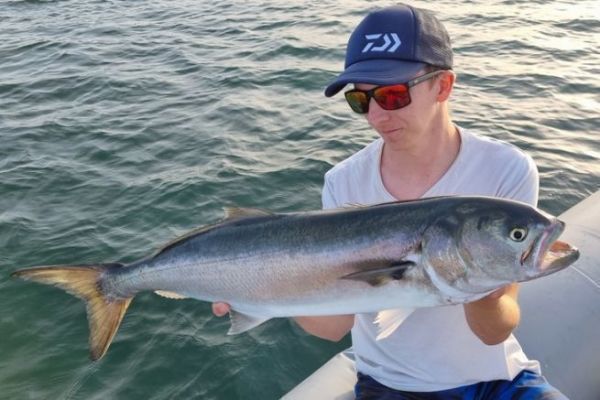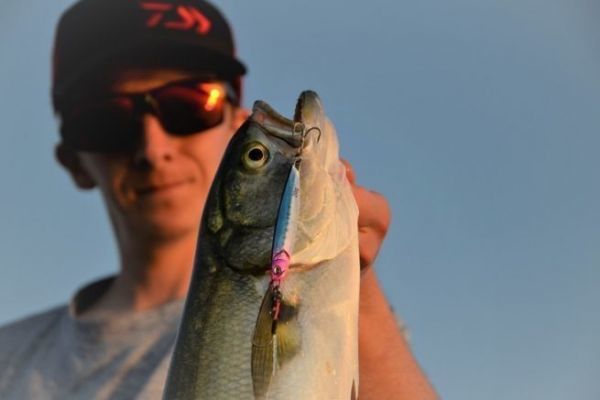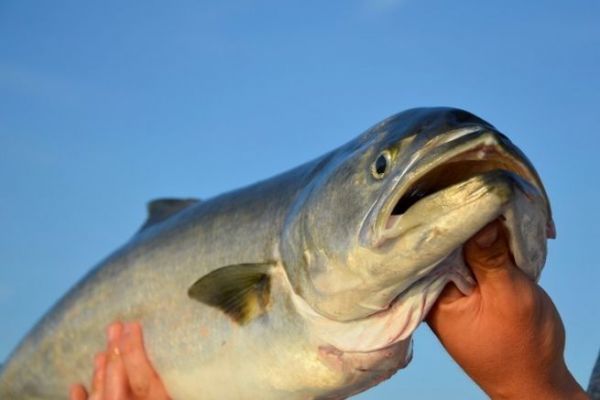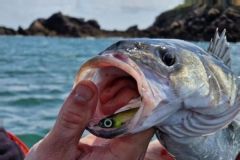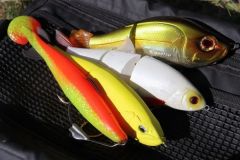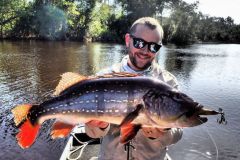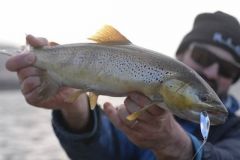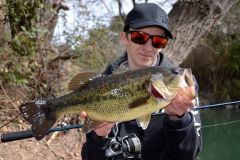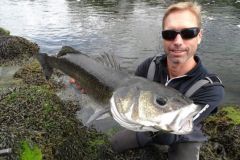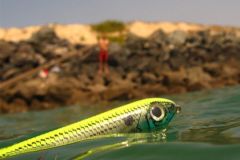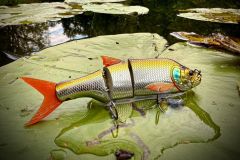Classic animations
When using surface lures like stickbaits or poppers, the basic animations they are designed for sometimes work very well.
The walking-the-dog of the stickbait consists in making it move from left to right by giving strokes of the rod at a constant rhythm. This animation is more or less fast and allows to attract the attention of the tassergal by making him believe in a wounded fish.
The popper is animated more slowly, the objective is to carry out shots so that the concave mouth of the lure makes opposition with water is to create a spray of water as well as a distinctive sound of pop. The longer and slower the shot, the more bubbles the popper will create, sometimes pushing it to dive a few inches below the surface. On a short, fast cast, the popper will create a large spray of water, like a fish hunting for small prey.
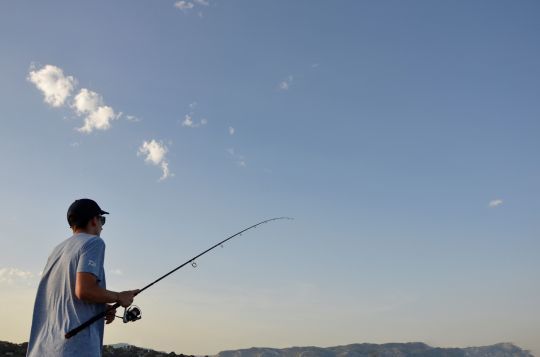
Triggering animations
Observing the behavior of the fish is essential when fishing on the surface. If the tassergal continues to follow your lure for several meters without seizing it, it means that something is wrong.
With stickbaits, pausing when the fish is following the lure is usually not very effective. The ideal technique is to accelerate the lure sharply, rod high, while jerking the rod so that the lure has a totally erratic swim, sometimes jumping out of the water. Tassergals love garfish, which tend to jump several meters when they feel threatened.
The principle is more or less the same with a popper. If the pause doesn't work, you'll have to lower the rod to the water and reel constantly fast enough without shaking the rod so that the lure creates a big bubble trail in its wake.
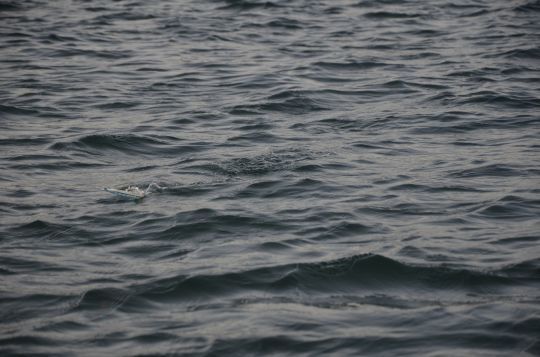
Adapt to daily conditions
On any given day, at any given time, tassergals can suddenly change their behavior. A rising breeze, a cloud passing in front of the sun or even a change in temperature can turn this fish from a simple follower to a ferocious beast.
On some sessions, you can see dozens of fish following without ever attacking the lure. On other days, no fish will follow, as if they've left the area, but without warning, one of them will burst through the surface and take a bite out of the lure. It's at times like these that you have to analyze what you did right and what you did wrong.
If a fish has attacked during a sudden acceleration, there is a good chance that other fish will react in the same way. It is very important, when searching for tassergal on the surface, to try to reproduce the patterns that work, and especially to change those that do not.

 /
/ 